
David Stuart Davies looks at The Valley of Fear / His Last Bow
David Stuart Davies looks at the final Sherlock Holmes novel and the penultimate collection of stories, The Valley of Fear / His Last Bow
The Valley of Fear (1915) was the last of the full-length Sherlock Holmes stories to be published. Like the earlier novels, A Study in Scarlet (1887) and The Sign of The Four (1890), it is a book of two halves – the first section introduces a mysterious crime which Holmes sets out to solve and the second is presented as a flashback in a foreign locale which relates the circumstances that led to the crime being committed. Holmes then appears again in the closing moments of the novel to knit all the loose ends together. In the case of Valley, the second half of the novel is set in the coalfields of Pennsylvania in America and this is linked to a mysterious death in Sussex. It is an uneasy yoking together of a detective puzzle and a boy’s own espionage adventure. As a result many admirers of the Holmes canon place this novel as their least favourite but Michael Hardwick, one of the respected commentators on the Sherlockian scene, observed that, ‘in essentials and exuberance of spirit it is one of the best.’
One theory regarding its creation is that Doyle thought up the American adventure first and when he found that it ran too short for a full novel, he stuck the Sherlock Holmes passages at either end to bring it up to the novel length. He also knew that any book with the name Sherlock Holmes attached to it would sell more copies than his other works.
In the first part, Holmes tackles a strange crime at the moated Birlstone Manor. The owner John Douglas has been horribly murdered in his study. He was found in the centre of the room, a sawn-off shotgun laid across his chest. He had been shot at close range: receiving the full charge of the gun in the face, his head was blown ‘almost to pieces’. While Holmes carries out his investigations, following a trail of bewildering clues – raincoats, dumbbells, a missing wedding ring – the story switches to a mining valley in America, recounting an earlier history of lawlessness and murder, which eventually led to the killing in England.
The theme of a dark past abroad finally catching up with someone and the deeds of an organised crime network in America was one that Doyle had used before in several of his short stories such as ‘The Five Orange Pips’ and ‘The Adventure of the Red Circle’. The plot of the American section in this novel was inspired by real events concerning the Molly Maguires, an Irish nineteenth-century secret society best known for their activism among Irish-American and Irish immigrant coal miners in Pennsylvania.
Of this part of the story, Doyle wrote that it contained, ‘one surprise which I hope will be a real staggerer to the most confirmed reader’. To spice up the plot, he re-introduces the criminal mastermind Professor Moriarty as the shadowy puppet master behind the nefarious activities. Thus the author was ignoring the fact that he had recorded the Professor’s death in the earlier short story, ‘The Final Problem’. Well, I suppose it’s hard to keep a criminal genius down.
At the time of writing The Valley of Fear, Doyle was thoroughly fed up with his detective character and the only reason he was prepared to pen another tale featuring him was for money. Holmes provided funds for the author to support his activities concerned with the Spiritualist movement. So, it was that two years later, in 1917, to help boost the bank balance he collected together a set of Holmes stories which had appeared in the Strand and Collier’s magazines over the previous ten years but had never appeared in book form and created a new collection: His Last Bow. The titular short story, which was subtitled, ‘The War Service of Sherlock Holmes’, was the only new tale in the collection. Although, as it turned out, this was not to be the final Holmes adventure that Doyle would write, chronologically it is the last: a kind of epilogue to Holmes’ career.
The events are set on the eve of the First World War in 1914. The story is told in the third person, instead of the usual narrative provided by Dr Watson, and it is a spy story, rather than a detective mystery. The tone is both sentimental and patriotic and in reference to the impending war, Holmes observes, ‘There’s an east wind coming, Watson.’ Watson misinterprets the meaning of the words and says, ‘I think not, Holmes. It is very warm’, to which Holmes replies: ‘Good old Watson! You are the one fixed point in a changing age. There’s an east wind coming all the same, such a wind as never blew on England yet. It will be cold and bitter, Watson, and a good many of us may wither before its blast. But it’s God’s own wind nonetheless, and a cleaner, better, stronger land will lie in the sunshine when the storm has cleared’. A beautiful rendition of this scene can be found in the World War II movie Sherlock Holmes and The Voice of Terror (1942), featuring Basil Rathbone and Nigel Bruce as the Baker Street duo.
The other cases in the collection, which are in the more traditional format with Watson as the storyteller are: ‘The Adventure of Wisteria Lodge’ (1908), ‘The Adventure of the Cardboard Box’ (1892), ‘The Adventure of the Red Circle’ (1911), ‘The Adventure of the Bruce-Partington Plans’ (1908), ‘The Adventure of the Dying Detective’ (1913), ‘The Disappearance of Lady Frances Carfax’ (1911), and ‘The Adventure of the Devil’s Foot’ (1910).
‘The Cardboard Box’ is an interesting inclusion because originally it was written for the earlier series The Memoirs and appeared in the Strand, but when these tales were collected for publication in book form the story was removed because of its controversial subject matter, which involved adultery, disfigurement and murder. Indeed all the stories in this collection feature rather brutal murders and somewhat grotesque scenarios, adding an extra ghoulish tone to the tales.
In a brief preface to this entertaining collection written by Watson, the good doctor assures us that Holmes is now long retired from his profession of detective but is still alive and well, albeit suffering from a touch of rheumatism. Whether Doyle thought at the time that this was to be the final Holmes collection it is now difficult to say. However, he did eventually return to Sherlock in the 1920s for one last set of stories: The Casebook of Sherlock Holmes.
Image: Main living room of the Sherlock Holmes Museum, 221 Baker Street by Anton Ivanov, Shutterstock.com
Books associated with this article
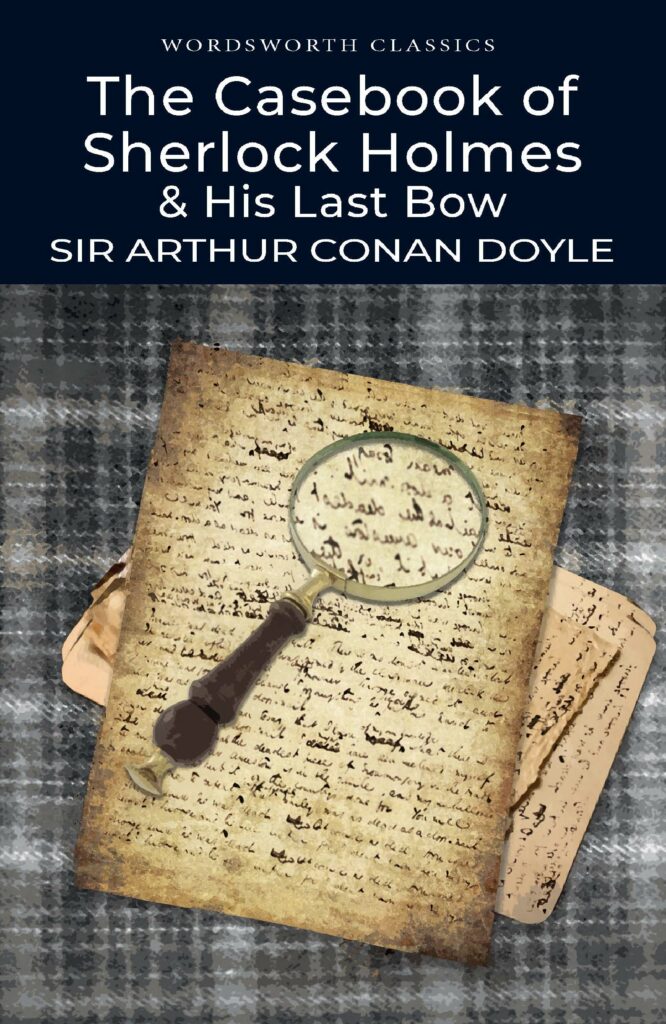
The Casebook of Sherlock Holmes & His Last Bow
Sir Arthur Conan Doyle
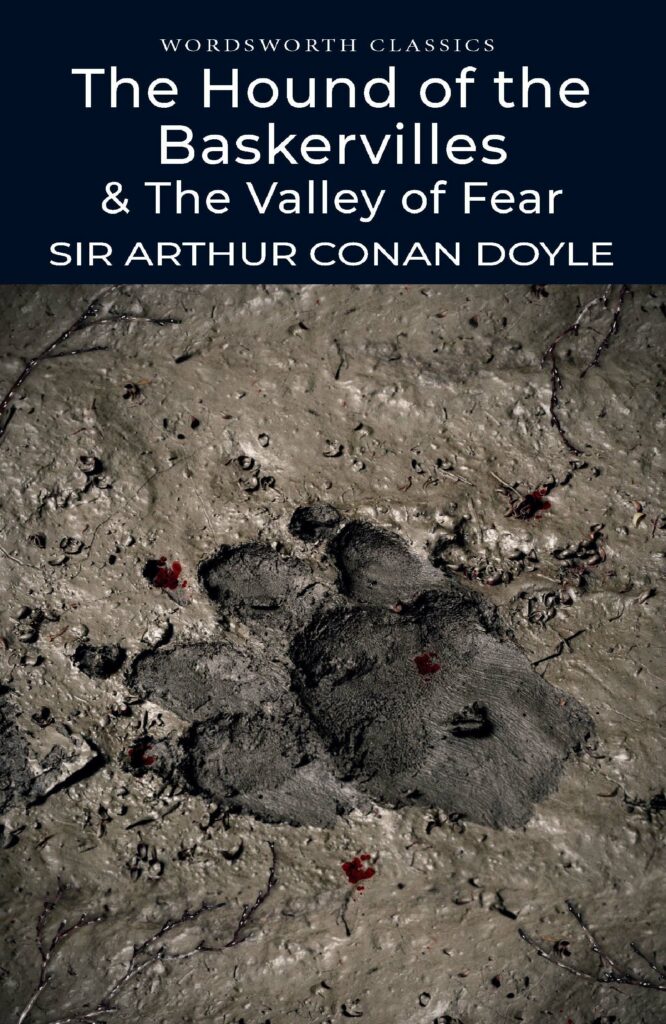
The Hound of the Baskervilles & The Valley of Fear
Sir Arthur Conan Doyle
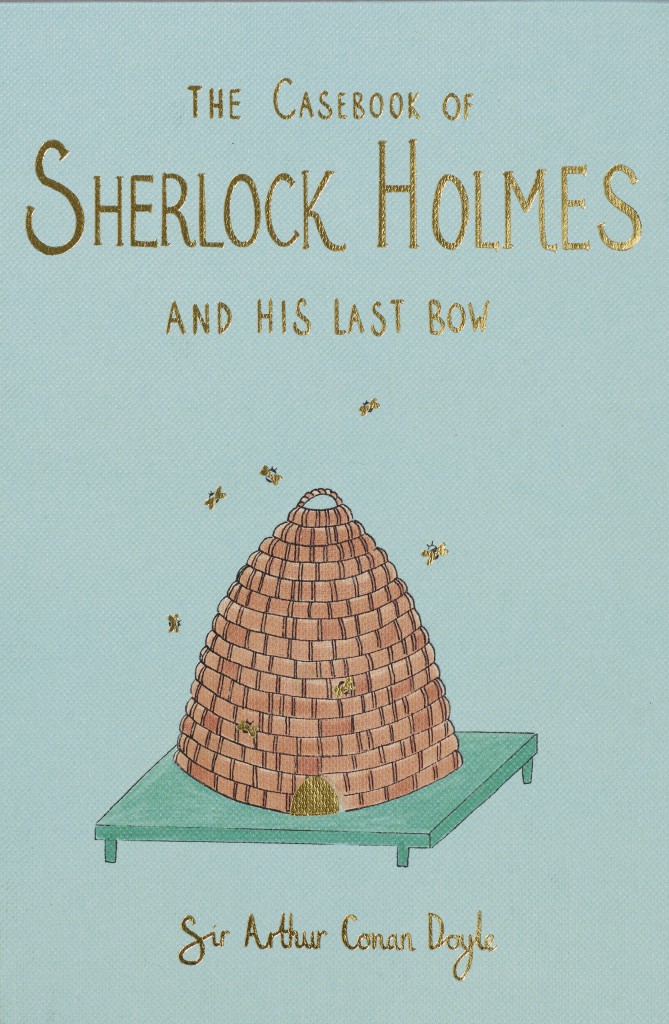
The Casebook of Sherlock Holmes & His Last Bow (Collector’s Edition)
Sir Arthur Conan Doyle
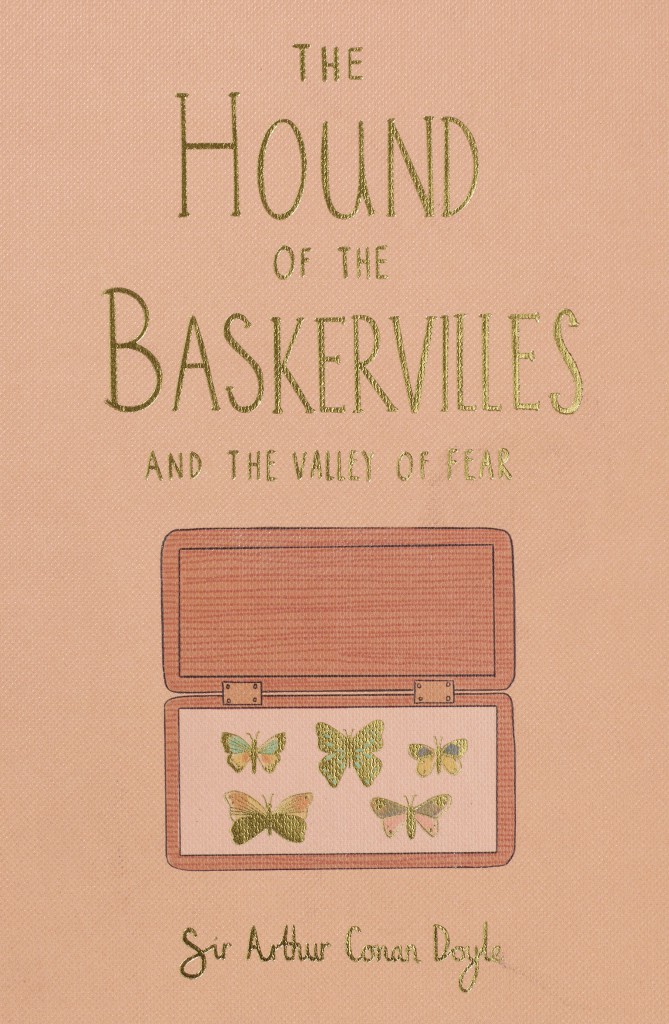
The Hound of the Baskervilles & The Valley of Fear (Collector’s Edition)
Sir Arthur Conan Doyle
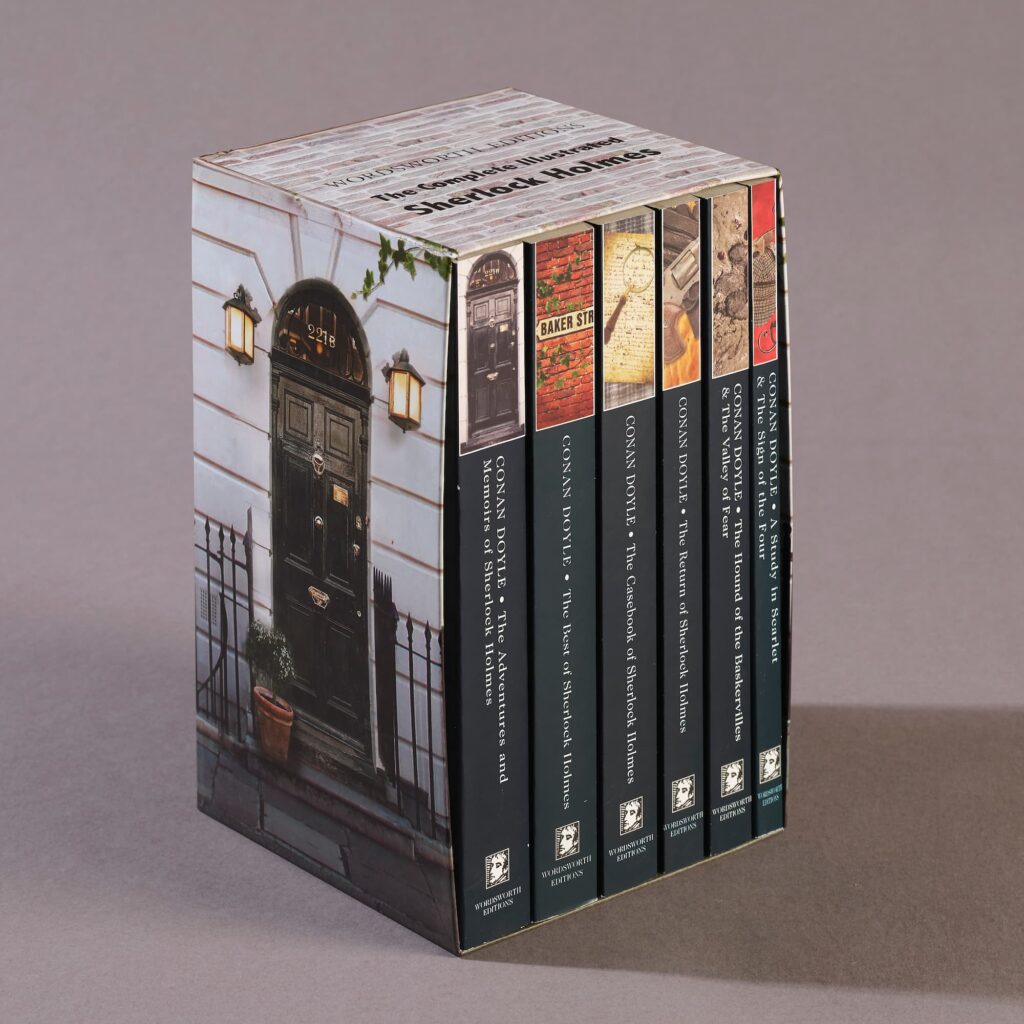
The Complete Sherlock Holmes Collection
Sir Arthur Conan Doyle

The Complete Stories of Sherlock Holmes
Sir Arthur Conan Doyle
